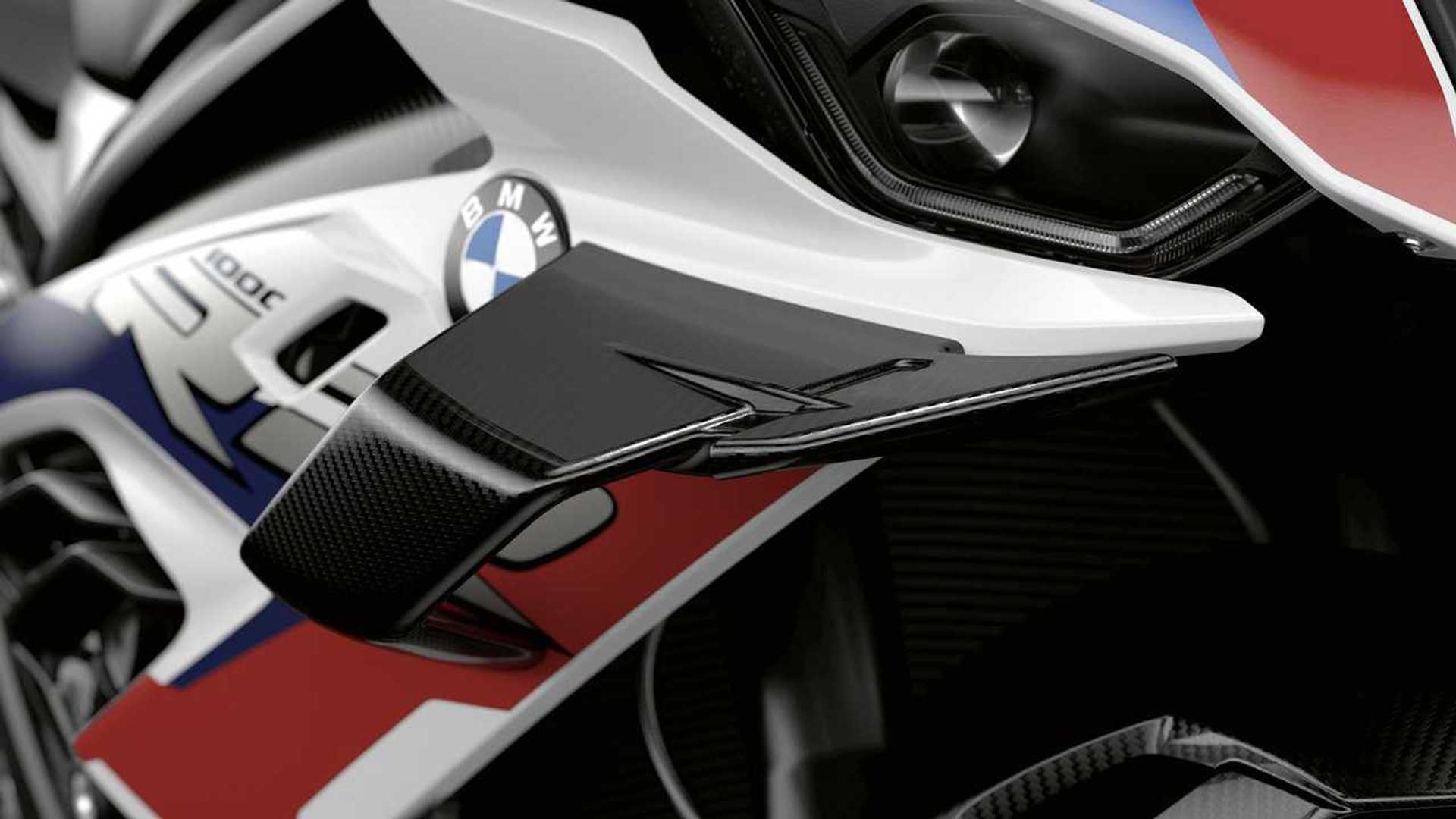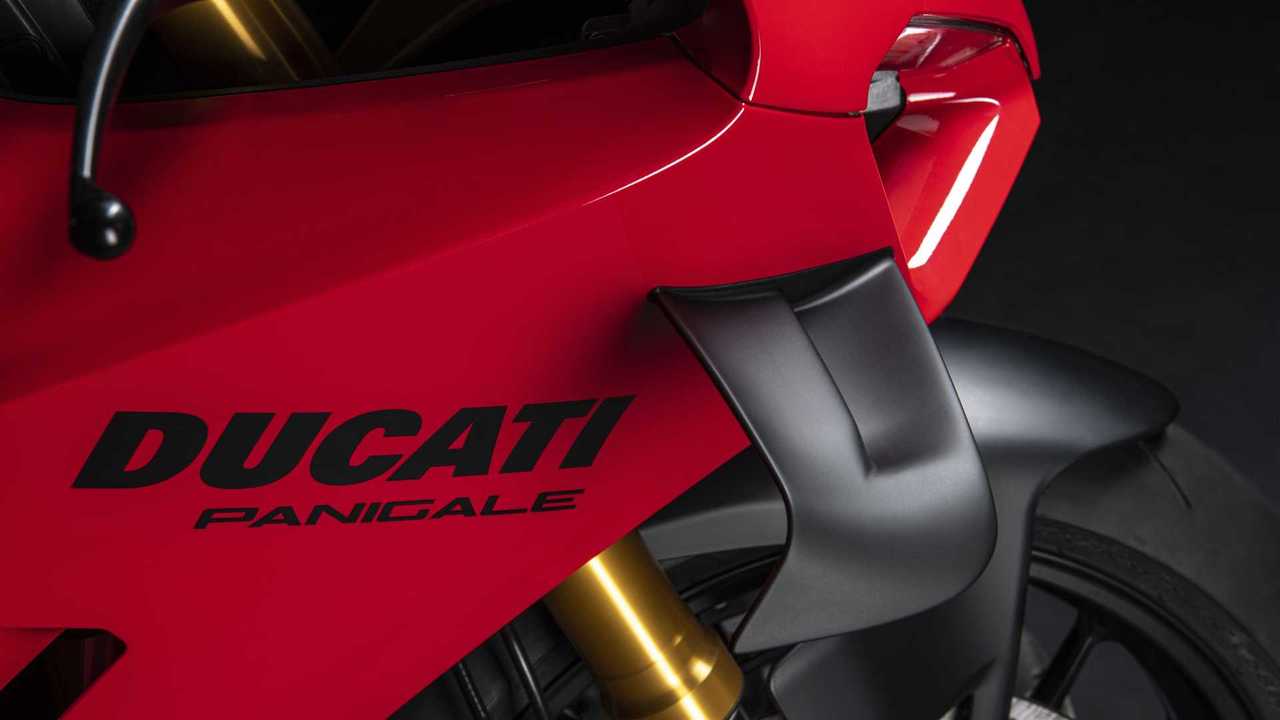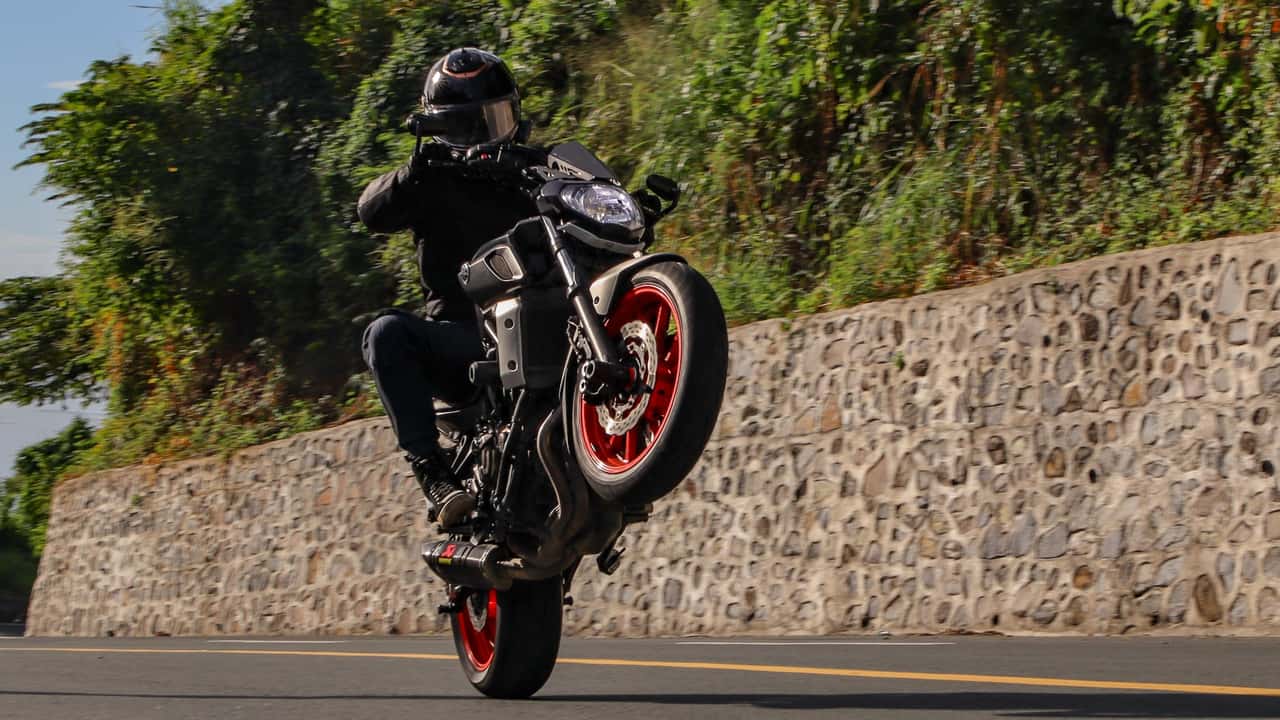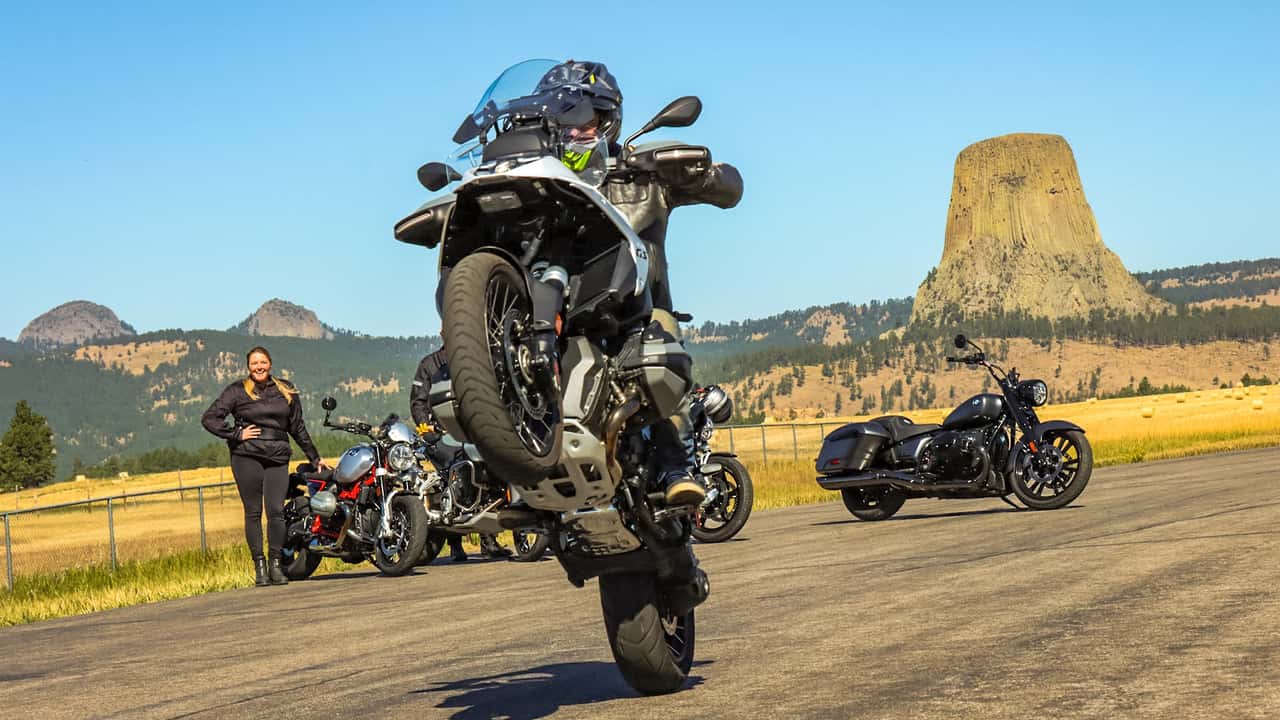
Since wheelies are and will remain awesome.
The realm of motorcycles is currently amidst a full-blown tech renaissance From radar-assisted cruise control to features responsive to riding conditions, modern motorcycles come equipped with more computational capabilities than certain laptop computers. It seems as though each month introduces another rider assistance feature, sensor, or aerodynamic gadget aimed at helping riders achieve greater speed, safety, and intelligence on their rides.
The most recent inclusion in the expanding array of motorcycle technology is active winglets. In particular, Kymco's take on them . Yes, that Kymco .
The Taiwanese company, famous primarily for scooters and the odd innovative concept, is currently exploring adjustable aerodynamic features aimed at keeping the front wheel planted during intense acceleration. As reported recently, story from Cycle World 's Ben Purvis The system employs electronically controlled winglets that change their angle based on the intensity at which you twist the throttle. This adjustment aims for increased downforce, reduced unexpected wheelies, and improved stability when accelerating out of turns.
It's smooth. It’s ingenious. It's quick. Indeed, it all adds up, particularly as MotoGP bikes increasingly resemble aerial combat vehicles rather than traditional motorcycles.
However, purely for entertainment, let’s turn this concept around. Suppose rather than pushing the front downward, these small wings were engineered to raise it upwards. Picture a bicycle that intentionally assists you in performing a wheelie—the kind done with style and flair. The winglets would swing upward when you start, lifting the front end towards the heavens as though reacting to an order fueled by energy drinks: “ Send it .”
A pre-installed silly spinning feature. An electronically managed mischievous toggle. A literally endless wheelie function. I adore it.

Kymco's Supernex electric superbike features an active aerodynamics system aimed at keeping the front end stable...yawn.
Before anyone gets overly enthusiastic (or upset, shocked, etc.), let me clarify: This scenario isn't real. The true design from Kymco focuses on enhancing both performance and safety, drawing inspiration from MotoGP to boost rider confidence when pushing their limits. Its purpose is to ensure the front wheel stays grounded for stronger acceleration rather than showcasing stunts.
However, the scenario is too appealing not to consider. Besides, I adore my wheelies (and you should as well).

Nearly all modern superbikes come with factory-fitted winglets.
In theory, this concept isn't completely outlandish. Aerodynamics has some surprising capabilities. If downforce keeps the front wheel stable, why not reverse the situation? Essentially, these wings function like inverted aircraft wings, pressing the motorcycle onto the road for added grip. However, tilting them upwards or allowing them to rise similarly to how planes ascend might conceivably generate lift at the front end.
Lifting the front end is what enables a wheelie. Therefore, using proper equations or coding alongside incorporating servos into the design would make it possible to develop an Anti-Anti Wheelie mechanism or a Wheelie Ease feature. Currently, we have systems like wheelie control, launch control, and even drift settings available in certain high-performance vehicles. Adding a playful "wheelie assistance" option might not seem too radical these days.
Nevertheless, the main discussion point isn't actually centered around winglets; instead, it revolves around the future direction of motorcycles. Even though these technologies are impressive, many riders likely won't find themselves needing them during typical rides. Features like adjustable winglets, six-axis inertial measurement units, and semi-active suspensions are all fantastic additions, yet they might be excessive for your usual leisurely weekend riding.
This embodies the irony of contemporary motorcycle riding. Despite piloting some of the most sophisticated motorcycles ever created, we often find ourselves ensnared in gridlock, navigating rough roads, or trailing slowly behind a delivery vehicle at speeds under 50 miles per hour. The technological advancements are impressive—yet, just how frequently do we get to utilize them?

I'm a confirmed pro at executing wheelies.

So, too, is Zerica Toease's Executive Editor Jonathon Klein.
Some people find this aspect appealing; they enjoy the idea that their bicycle is more capable than them, relying on advanced features during tricky situations. However, others feel overwhelmed by all these modern conveniences. They long for the straightforward, tactile experience of older bikes without digital displays or various sensors. In those classic rides, it was just about the rider, the basic machinery, and perhaps making do with tires of dubious quality.
Variety of preferences suit various people.
Nevertheless, Kymco deserves recognition. The active aerodynamics is precisely the sort of feature one would anticipate from them. Ducati or Aprilia —Not exactly a scooter powerhouse. Yet, they're thinking beyond conventional limits. And imagine this: if they were to turn those winglets upside down and create a dedicated wheelie bike for everyone? Count me in as a willing tester! Of course, I’m passionate about wheelies and attempt them with nearly every bicycle I ride.
The Future Of Motorcycling?
- Electric Powersports Vehicles Might Greatly Benefit From Super-Rapid Charging
- MIT Continues Development of Hydrogen Fuel Cell-Powered Motorcycles
Source: Cycle World
